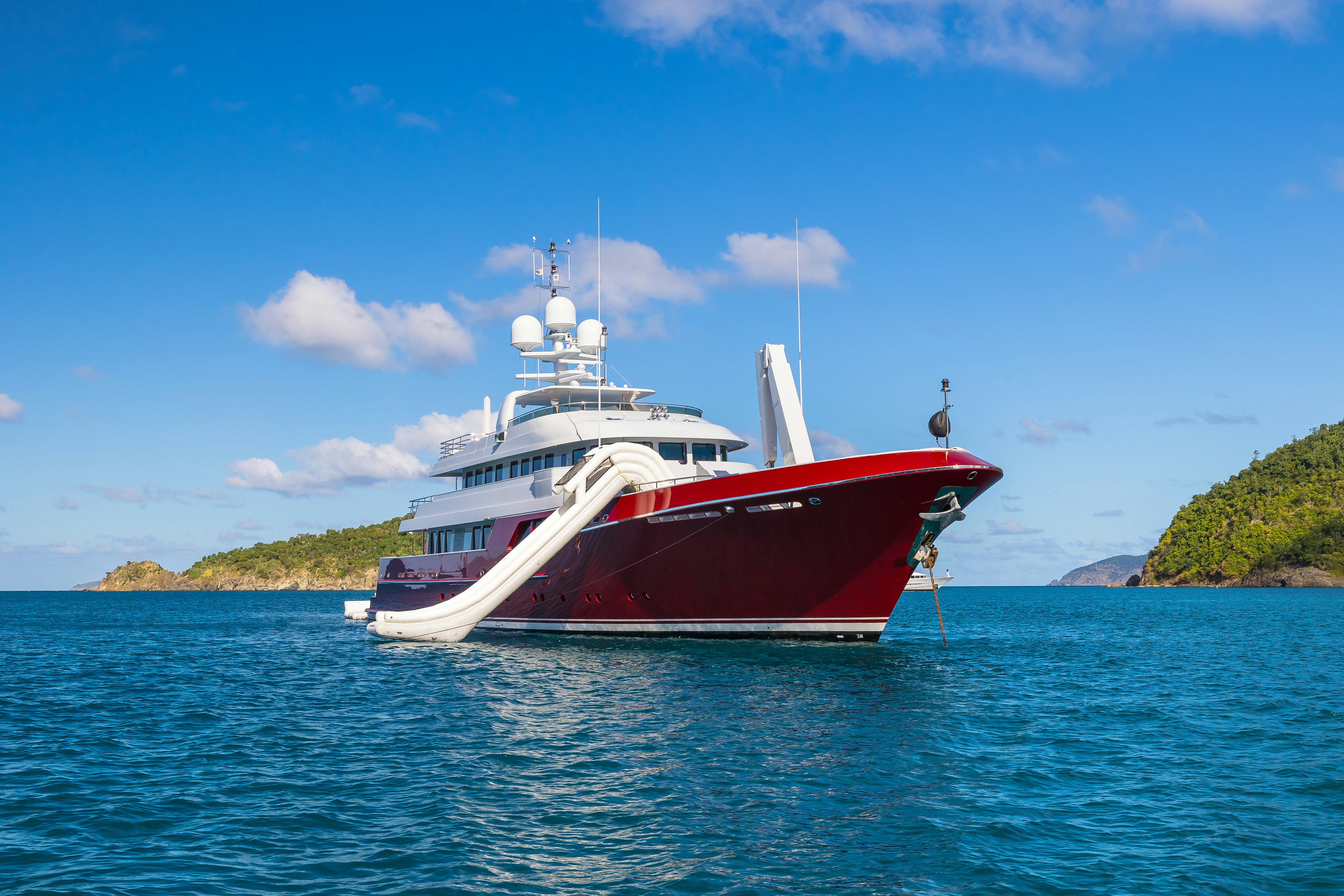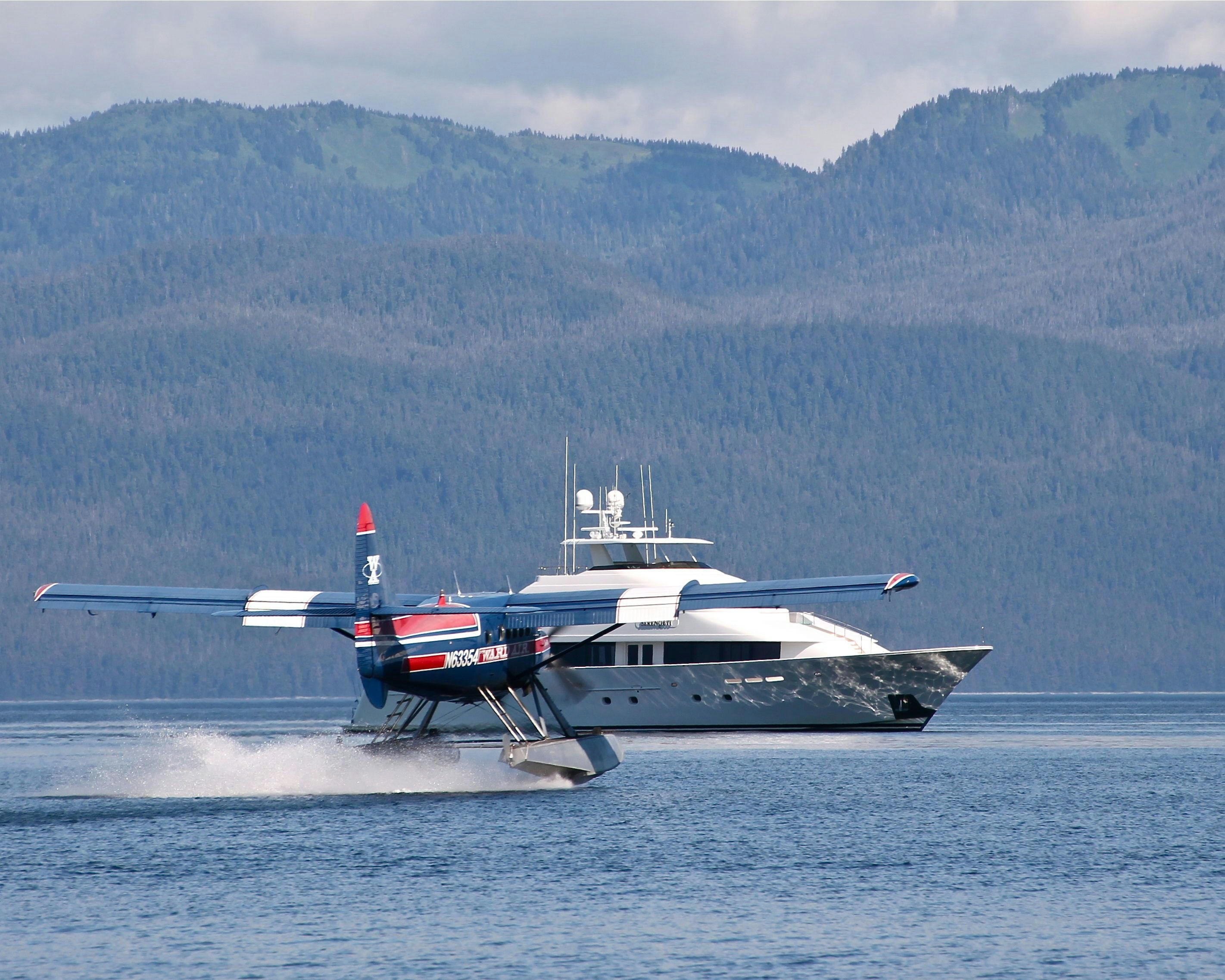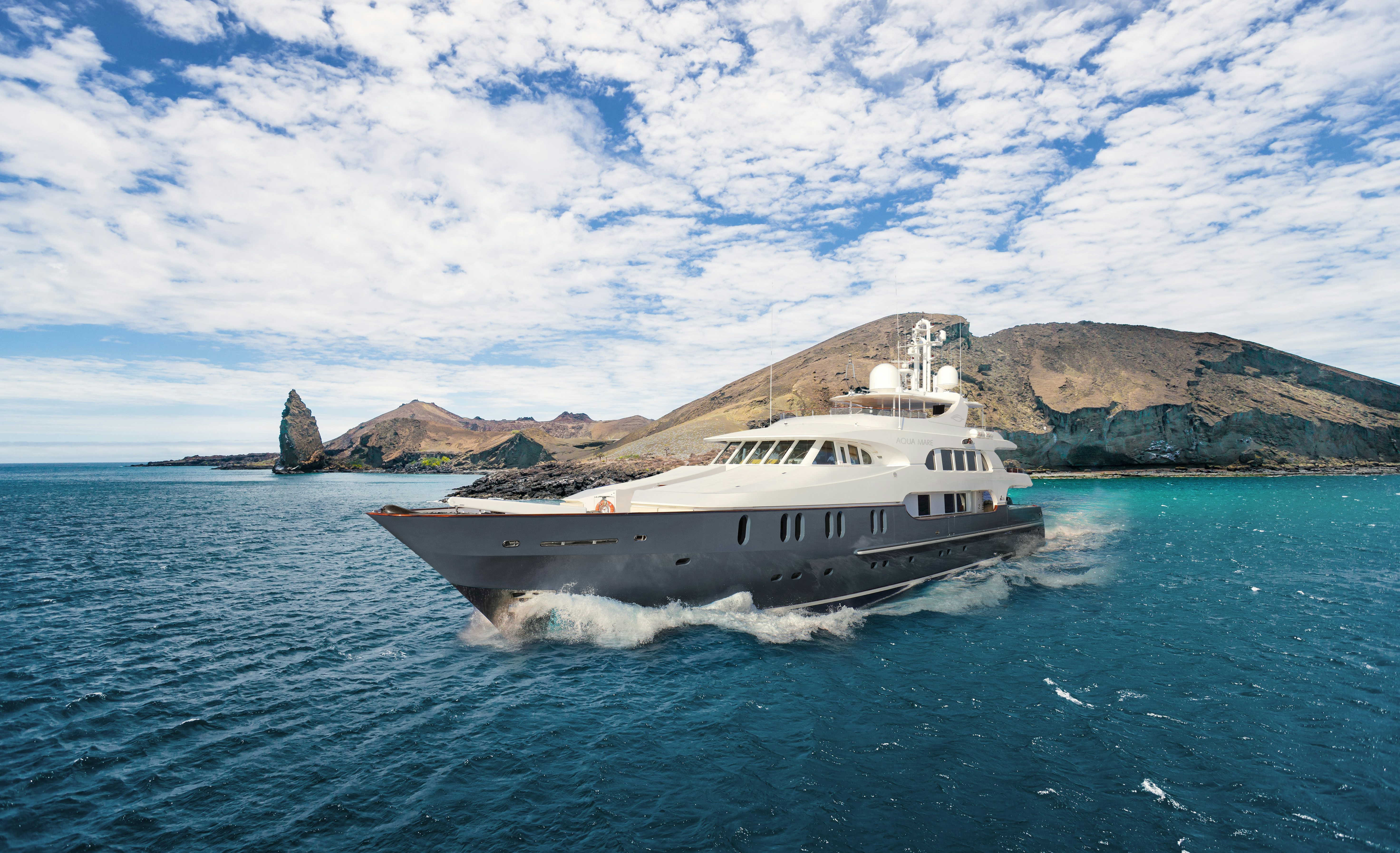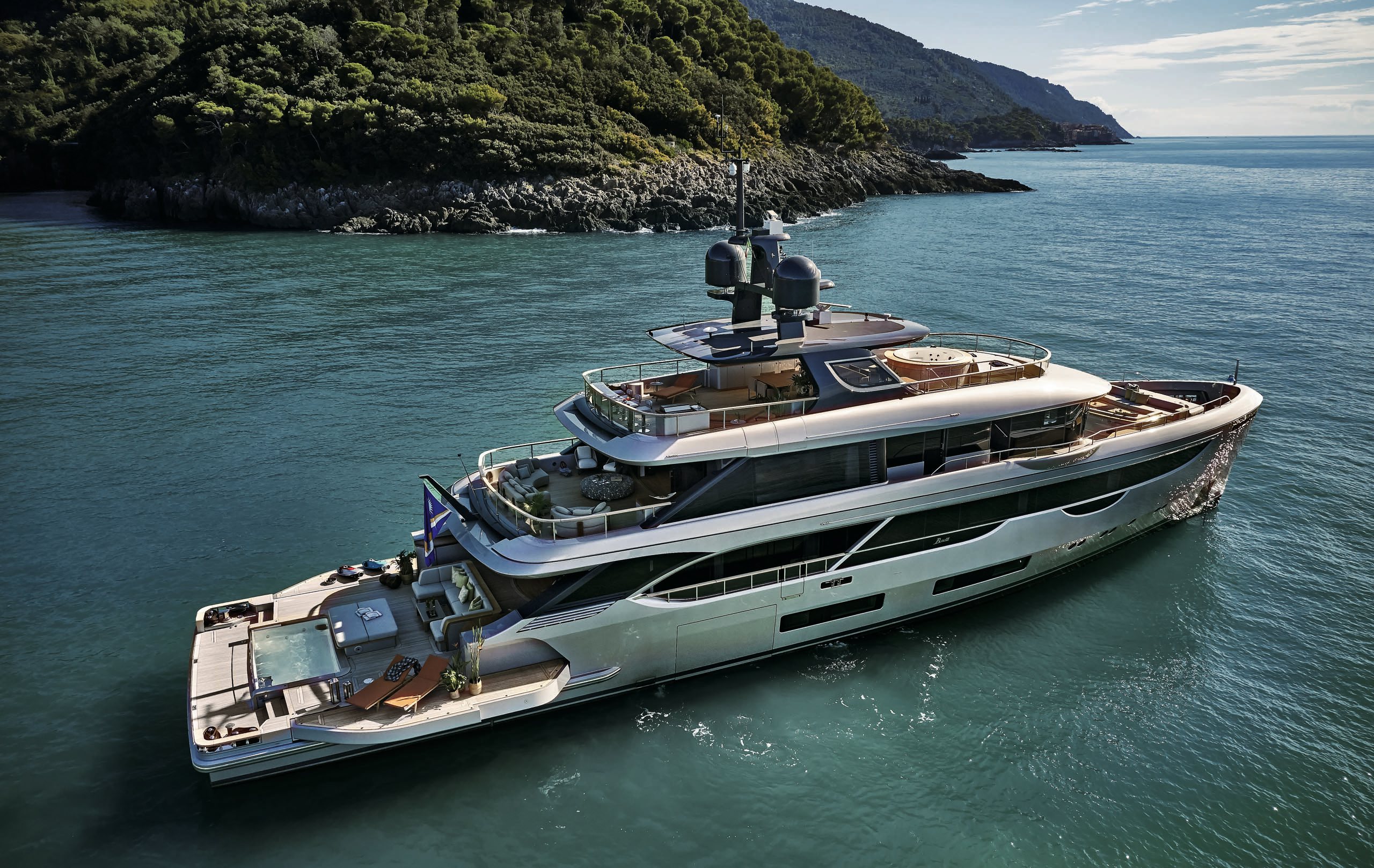Exploring Far-Flung Cruising Grounds for a Better Planet

Weighing up what makes a cruising ground sustainable is a daunting task, and the following countries are in our sights for different reasons. Whether addressing specific community issues, helping local wildlife thrive or powering their country on renewables, here we steer you in the direction of nations that are making waves to make the planet a better place.

Year-round sunshine, extensive coastlines, diverse natural landscapes and untouched native forests make New Zealand the perfect outdoor adventure destination. But what is the country doing to balance tourism with the well-being of its natural resources and communities? Rather than simply looking to counterbalance the social and environmental impacts associated with travel, the government is aiming to make it better for future generations through regenerative tourism. For many, sustainability is the aspirational outer limit of ecotourism, but the new frontier for some is regenerative travel – leaving a place better than you found it. The New Zealand government supports a number of initiatives, and Tourism New Zealand, the country’s tourism organization, has developed its own tourism seal of approval, Qualmark. The organization can therefore measure its success not solely in economic terms but against the well-being of the country, considering nature, human health and community identities.
Navigator recommends
Spend a few days exploring the Marlborough Sounds at the top of South Island. One of New Zealand’s premier cruising grounds, it alone offers more than 1,000 miles of coastline to explore.
Did you know
New Zealand’s South Island is larger than the North Island but far less populated. It’s not for nothing that The Lord of the Rings trilogy was filmed here; the scenery alone is worth traveling to see.

Regularly cited as one of the most biodiverse countries in the world, Costa Rica was already in our hearts for being one of the first countries to promote responsible ecotourism. The United Nations named Costa Rica among its Champions of the Earth in 2019 for its role in the protection of nature and its priority to restore an equilibrium between the land, sea and atmosphere. As a cruising ground, Costa Rica offers protected marine reserves that guarantee a dazzling cast of marine life, while ashore, much of the virgin rainforest thrives thanks to national conservation areas, including three UNESCO-protected parks. Over a quarter of the territory is protected by the National System of Conservation Areas, while almost all electricity is generated from renewable resources.
Navigator recommends
Discover Costa Rica’s Pacific coast, embarking from the Marina Bahia Golfito. The IGY marina is the perfect launch pad to discover the surrounding Corcovado and Piedras Blancas National Parks.
Did you know
Costa Rica is home to nearly six percent of the world’s species.

One of the most popular destinations in world for mountaineering, hunting and fishing, the Pacific Northwest is also increasingly attracting superyachts to cruise through this unique landscape. As one of the most ecologically and topographically diverse regions on Earth, a number of laws have been put in place to protect the wilderness in this region. From the protection of marine mammals in both the U.S. and Canada to fire bans and camping restrictions, the governments of both countries aim to protect the coastal areas from overuse and exploitation. Today, these areas that were once dependent on fishing and logging rely heavily on tourism, not just for their livelihood but also for their cultural continuity. Regenerative and indigenous tourism has been responsible for improving the socio and economic benefits of indigenous individuals and communities, enabling their cultures to thrive. Many of the communities along the Inside Passage, for example, are half Huna Tlingit and visitors interested in the native culture can be credited with the revival of the Indigenous language and local art.
Navigator recommends
While cruising through the Inside Passage, step ashore to the native-run area of Icy Strait Point. Ride the high-speed gondola to the top of Hoonah Mountain for hiking trails and panoramic views from 1,600 feet above sea level.
Did you know
This is real fishing territory – more than $40 million U.S. dollars worth of seafood is processed here each year. Cruising up the Inside Passage takes you to old fishing towns that are full of character and charm. Ketchikan is one such example, with its candy-colored houses backed by forested hills. Further north, at the tip of Mitkof Island, Petersburg is another bustling fishing town where weather-beaten boathouses jumble up with brightly-colored homes of Nordic Drive. The bustling harbor makes for a great place to people watch.

While Scandinavia is not one country as such, pretty much all the countries that belong to the region rank highly in their varying sustainability initiatives. Finland, Iceland (not part of Scandinavia per se), Norway, Sweden and Denmark are all considered eco-energy superheroes; the latter three countries rank in the top 10 countries implementing the United Nations’ Sustainable Development Goals. In Norway, for example, hydropower accounts for 45 percent of its power, while in neighboring Iceland, the government has launched initiatives to cut carbon emissions by 55 percent by 2030, and the majority of its power comes from renewable energy.
Scandinavian countries also excel in their sustainable tourism initiatives. Norway is the most sustainable country in the world – the Norwegian Parliament aims to achieve climate neutrality by 2030, two decades earlier than originally planned. The other Scandi countries are hot on Norway’s heels; Sweden has adopted its own sustainable tourism certification program and has pledged to protect the future of the coast, its beautiful lakes and its old-growth forests. Finland’s tourist board has mapped out a blueprint for visitors to engage with nature and local culture in an ecological and social manner, and Denmark is aiming for a 70 percent reduction in carbon emissions by 2030 relative to 1990 levels and has set a goal of net-zero emissions by 2050.
Navigator recommends
Discover all that the eco-friendly metropolis of Stockholm has to offer while cruising Sweden’s coast. The city has more than its fair share of parks and green spaces, with cycle lanes that wind almost 600 miles all over the city.
Did you know
The city of Stockholm is spread across 14 islands that are linked by more than 50 bridges.

Designated a UNESCO World Heritage Site in 1978, the Galápagos Islands have long since punched above their size as a hero of green tourism. The government knows it must protect this eco-haven off the coast of South America and has been actively working on improving sustainable tourism for over two decades. To do this, the number of tourists allowed to visit is limited, including the waterborne, with limited permits issued for cruising. More than 3,000 square miles are protected as a national park, with visitors restricted to the colonized areas and over sixty designated sites spread across the islands. Each has been chosen to show off the full diversity of the islands with some hosting unique species found nowhere else on Earth.
As with any tourism, superyachts have a positive and negative impact. On the positive side, superyachts bring additional revenue to the islands that belong to Ecuador – a developing country itself. At the same time, superyacht guests witness firsthand the importance of conservation efforts in such a delicate ecosystem and will perhaps be inspired to contribute to conservation initiatives and get involved with local communities.
Navigator recommends
Teeming with marine life, the Galápagos provide wonderful opportunities for experienced divers. With only a limited number of authorized diving permits allowed, you will need to plan your underwater encounters ahead.
Did you know
The Galápagos is one of the most active volcanic regions in the world.

It might be the second smallest country in the world, but there’s actually more to Monaco than meets the eye. Pastel-colored buildings, supercars and the shimmering Mediterranean Sea have made this microstate a noteworthy stop on any itinerary, but these days the Principality’s glow is unequivocally green. With ambitious plans to cut its carbon emissions by 55 percent by 2030 and be carbon-neutral by 2050, the sovereign city-state has a network of electric cars, hybrid buses and even a solar-powered water taxi. Rooftops and terraces are populated with urban gardens growing produce for local residents and restaurants, and 20 percent of the principality is dedicated to public parks and gardens. For those who crave a little green space while in the Principality, the stunning rose garden in Fontvieille Park was built in memory of Princess Grace and is home to thousands of Her Serene Highness’s favorite flower; there is also the cliffside exotic gardens, Jardin Exotique de Monaco.
Navigator recommends
Try a spot of snorkeling off Larvotto Beach, where sea life thrives amid 3D-printed reefs, submerged roughly 60’ below the water’s surface to restore habitats damaged by human activity.
Did you know
Sustainability efforts are driven by the Prince Albert II de Monaco Foundation.
Read Next
Navigator Newsletter Stay informed on all things yachting and luxury lifestyle with the bi-monthly Navigator newsletters.
